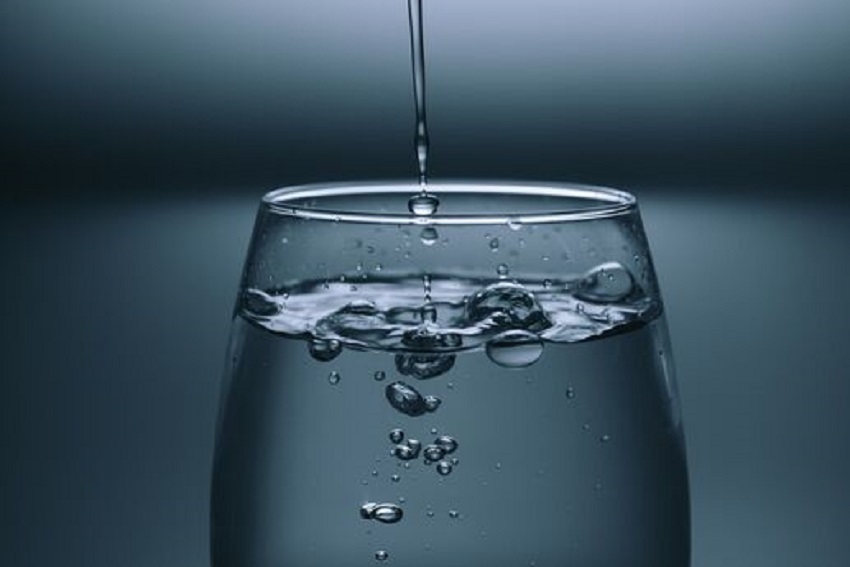Key Takeaways:
- Grasp why water quality testing is crucial for well-being.
- Identify the diverse range of water contaminants.
- Understand the steps involved in water testing.
- Examine how local environments impact water purity.
- Compare do-it-yourself kits with professional water analysis.
- Discover effective methods for addressing and re-testing water quality concerns.
- Learn about the water quality standards and regulations.
Introduction to Water Quality Concerns
The purity of water that flows through our homes is a foundational aspect of our daily health and comfort. Unfortunately, the seemingly straightforward and clean water from our faucets can conceal various unseen contaminants, posing potential risks to our health. Regular water testing is not just about compliance with health standards; it’s also about peace of mind and understanding that the water we cook with, drink, and bathe in is free from harmful pollutants. Such testing can reveal various concerns, from hard water, which could affect household appliances and skin health, to more sinister contaminants like lead, which can have serious health repercussions.
Why Regular Water Testing is Essential
Water quality isn’t static; it can change with shifts in the surrounding environment or alterations in municipal water treatment processes. Even in communities with stringent water quality regulations, contaminants such as lead from aging pipes or agricultural runoff can end up in drinking water. Regular at-home water testing empowers homeowners to avoid such issues, detecting problems before they escalate into health crises. It’s essential in proactive home maintenance, contributing to residents’ health and well-being.
Types of Water Contaminants
The scope of potential water pollutants is vast and includes biological entities like bacteria and viruses, which can cause immediate health issues if not filtered out. Long-term health effects, such as neurological issues and an increased risk of cancer, can be caused by chemical pollutants such as heavy metals, pesticides, and pharmaceutical residues. Physical characteristics of water, such as turbidity, temperature, and hardness, while not always directly health-related, can influence the efficacy of disinfectants and the function of plumbing systems, indicating the overall quality of one’s water supply.
The Water Testing Process Explained
Comprehending the procedure for water testing is a fundamental aspect of managing household water, mainly with well water testing. Upon collecting a representative water sample, homeowners can utilize various testing options depending on their concerns. Basic tests can be conducted at home with available test strips that provide instant results for contaminants like chlorine, hardness, and pH levels. Sending samples to a certified laboratory is the best course for a more comprehensive analysis, often necessary to detect serious pollutants like lead or bacteria. These professional evaluations offer detailed insights into water quality and typically recommend interventions.
The Impact of Local Environment on Water Quality
The water we consume is not merely a treatment plant product; it’s part of a much larger ecosystem that includes local rivers, reservoirs, and groundwater supplies. Therefore, it’s crucial to consider how regional environmental factors — such as industrial pollution, farming practices, and natural mineral deposits — can affect residential water quality. Urban runoff and faulty wastewater treatments can further compound these issues, making individual water testing all the more significant for homeowners concerned about what’s in their water.
Water Testing Kits Versus Professional Assessment
While store-bought water testing kits are an excellent tool for routine surveillance and can offer immediate, albeit basic, water quality information, they cannot replace the comprehensive analysis provided by professional water testing. Professional assessments become indispensable when water contamination has profound health implications or when accurate baseline readings are required for filtration system installation. These tests conducted by accredited laboratories analyze a broad spectrum of contaminants and provide quantifiable levels of each detected substance.
How to Address Water Quality Issues
Upon detecting concerns through water testing, there are various avenues through which homeowners can improve their water quality. For instance, installing filtration systems such as reverse osmosis or activated carbon units can significantly reduce many contaminants. More specialized treatments might be required for particular issues, such as water softeners for hard water or ultraviolet purifiers for bacterial contamination. In cases of uncertainty, consulting with a water quality expert can be the most prudent step to ensure the selection of an effective treatment strategy.
The Importance of Re-Testing After Treatment
Securing a water filtration or treatment solution is an investment in one’s health, but its efficacy should not be taken for granted. Post-treatment water testing is crucial to ensure the system performs as expected and provides safe, clean water. To confirm ongoing water quality, it’s recommended to have water re-tested regularly, especially after system maintenance or changes in local water treatment practices. Such vigilance helps forestall any new or recurring issues impacting water safety.
Educating Yourself on Water Quality Standards
Staying informed about water quality is about testing and understanding the standards defining safe water. The EPA sets regulations and provides resources to help protect home water supplies, including detailed information on potential contaminants and treatment methods. Meanwhile, the CDC offers a wealth of educational materials that help consumers comprehend public water system operations and the importance of maintaining high-quality drinking water. Knowledge of these standards assists homeowners in making informed decisions about their water testing routines and treatment choices.
Conclusion: Making Water Testing Part of Your Routine
Integrating water testing into regular home maintenance schedules is a simple yet powerful way to take charge of one’s water quality. It is a proactive approach towards guaranteeing that every drop of water complies with regulatory standards and meets the personal safety criteria each homeowner sets. Through continuous testing, awareness, and appropriate action, individuals can protect their families, contribute to community health, and ensure the longevity of their home plumbing systems. Reliable access to pure water is essential for life and health, and it starts with each of us taking responsibility for the water we consume and use daily.




